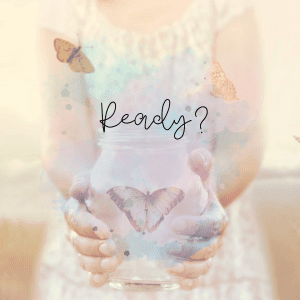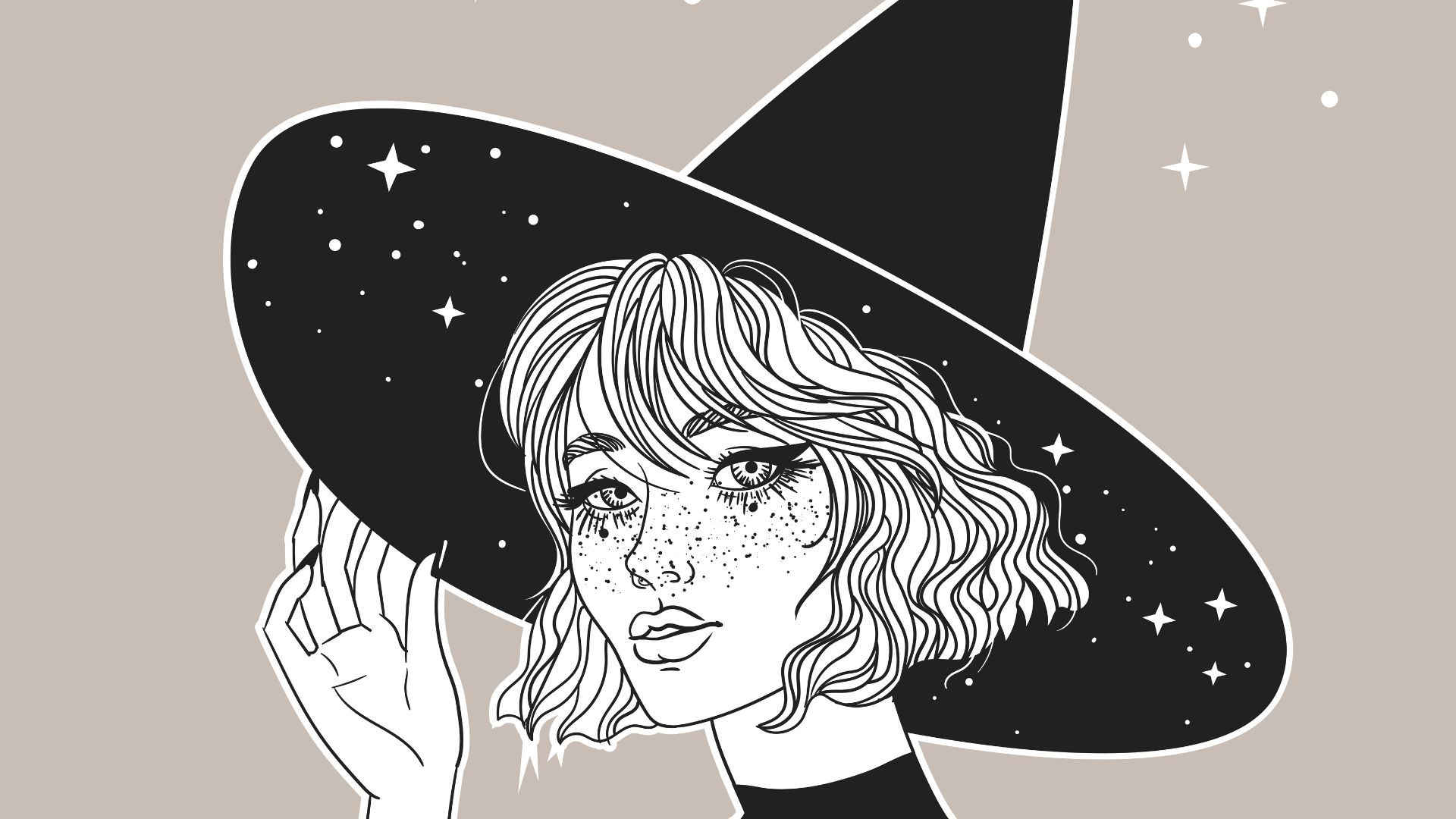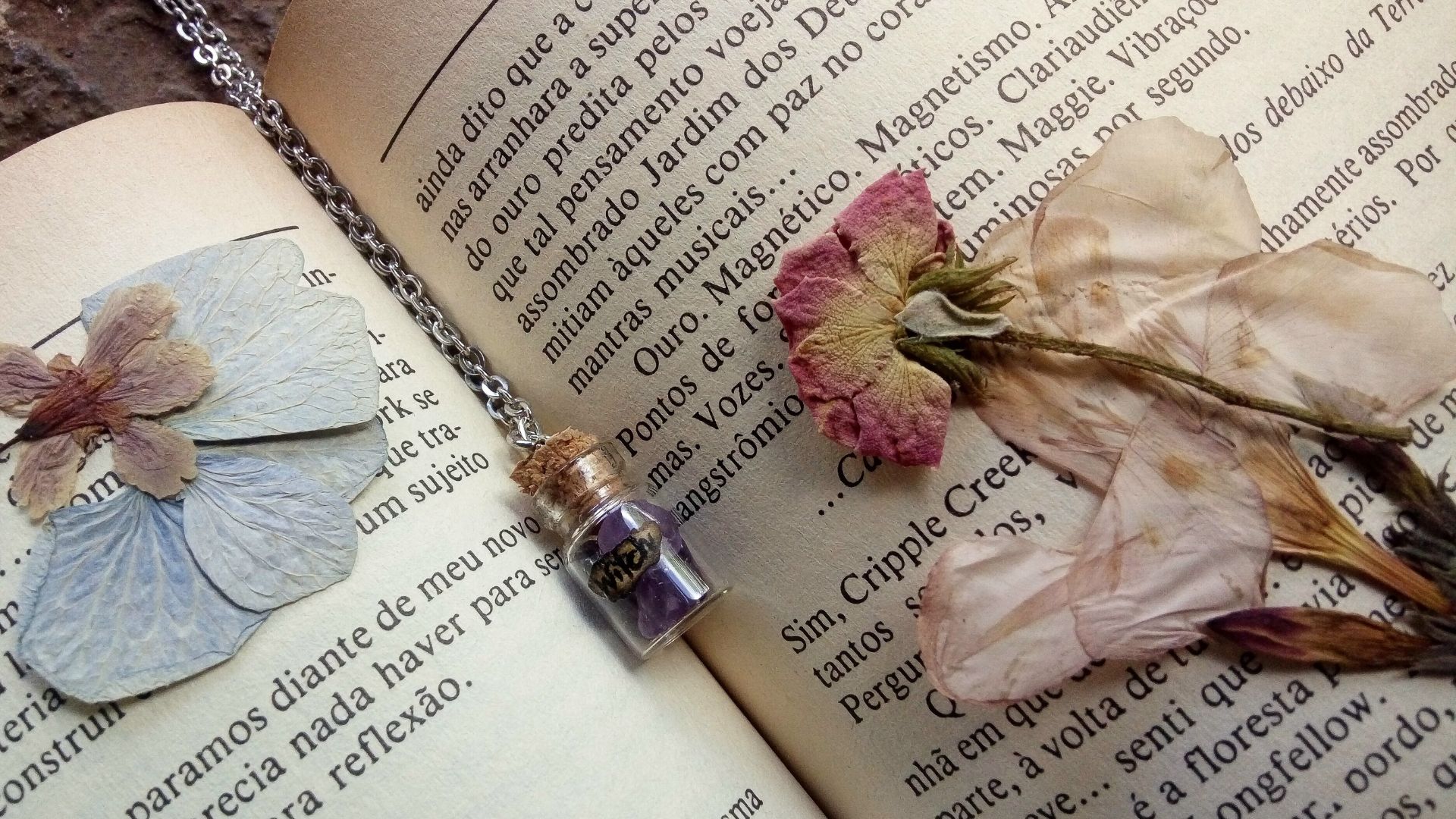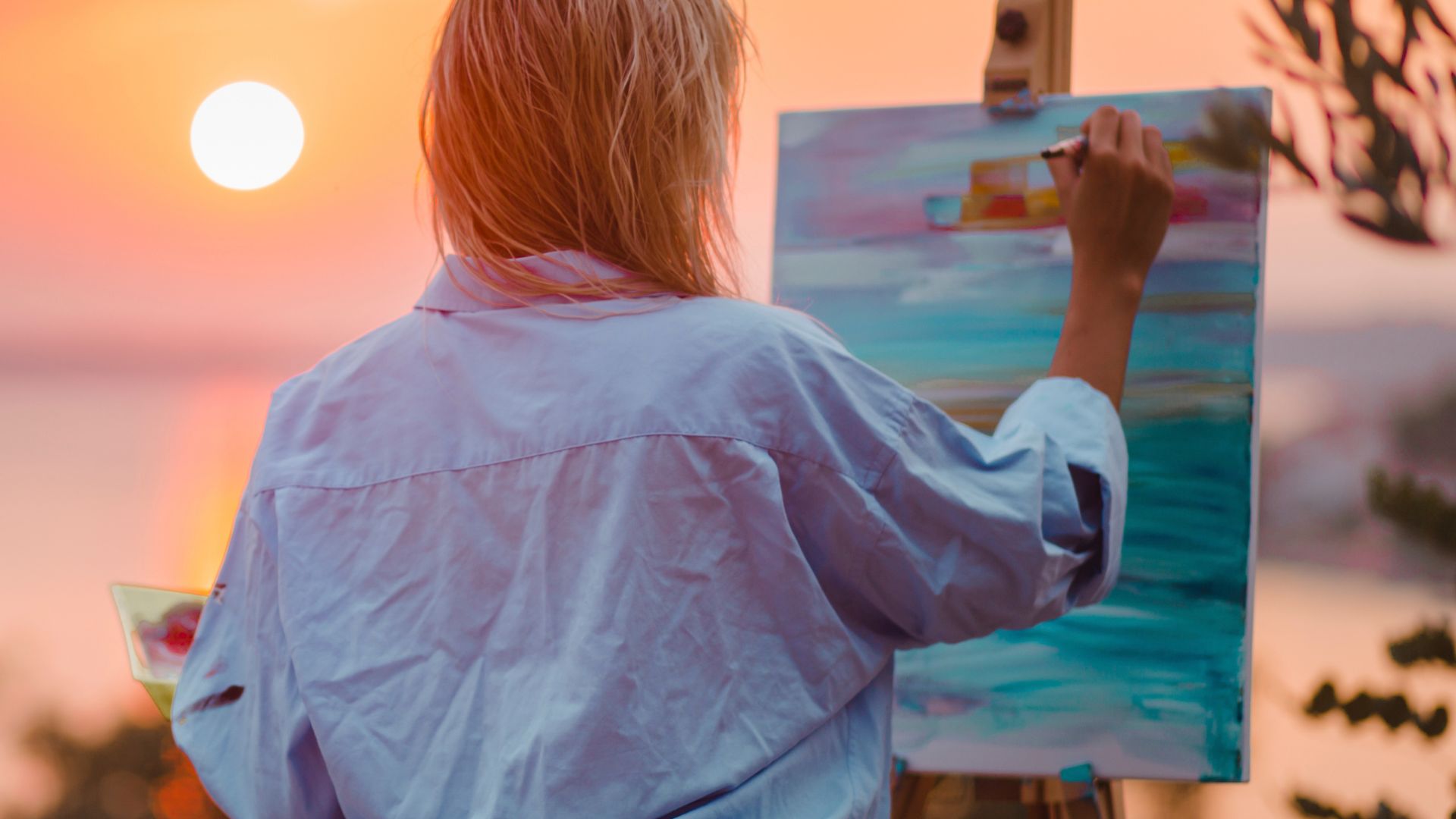

The Importance of Art
Art surrounds us constantly, whether it’s the melody of your favorite song on the radio or the sight of a captivating mural as you drive by. While we acknowledge that these encounters enhance our daily lives, do we truly grasp the profound impact art has on our society? It is a complex and diverse phenomenon that mirrors our deepest emotions and the intricacies of the world we inhabit. It has the power to elicit a range of emotions, spanning from joy and sadness to anger, thereby forging connections and understanding among diverse groups of people. Beyond linguistic and cultural barriers, art emerges as a priceless tool in promoting unity and peace.
More than just a conduit for emotional expression, art serves as a vehicle for conveying ideas. It functions as a therapeutic outlet, a means of self-expression, and a pathway to appreciate the beauty inherent in life. Through art, we can document historical events, embody societal values, and offer commentary on political or social occurrences.
What significance does art hold?
1.Individual Well-being: Art has an unparalleled ability to resonate with the human psyche, offering solace, inspiration, and a means of self-expression. Whether through visual arts, music, literature, or performance, engagement with artistic expressions has been linked to positive mental health outcomes. Research indicates that exposure to art can reduce stress, anxiety, and depression while enhancing emotional resilience. For example, the contemplation of a masterpiece in a gallery or the immersion in a soul-stirring musical composition has the power to transport individuals to realms of introspection, providing a therapeutic escape from the rigors of daily life.
Beyond passive consumption, active participation in art creation, such as painting, writing, or playing an instrument, can become a powerful tool for personal expression and a constructive outlet for emotions. It acts as a vehicle for cultivating empathy and understanding, fostering a sense of connection among diverse individuals. Artistic expressions often transcend linguistic barriers, enabling people from different backgrounds to communicate through a shared visual or emotional language. In this way, art becomes a universal medium for connecting hearts and minds, nurturing a sense of community and belonging.
2. Education: Art plays a pivotal role in education, fostering creativity, critical thinking, and a holistic approach to learning. In an era where standardized testing often dominates educational landscapes, art serves as a vital counterbalance, encouraging individuals to explore, question, and innovate. The process of artistic creation nurtures problem-solving skills and the ability to think outside conventional boundaries.
Exposure to diverse forms of art also enhances cultural literacy,and allows the appreciation of the rich human history and expression. Art education is not confined to the confines of formal classrooms; it extends to the development of essential life skills. The collaborative nature of artistic endeavors nurtures teamwork and communication, skills that are increasingly vital in the modern workforce.
3. Cultural Identity: Art serves as a custodian of cultural heritage, preserving and transmitting the narratives that define a community’s identity. Through visual arts, literature, and performing arts, societies articulate their history, values, and traditions, creating a tapestry of shared meanings. Cultural identity finds expression in the vibrant colors of indigenous paintings, the rhythmic beats of traditional music, and the complex narratives woven into folk tales. Art becomes an evolving vessel housing the richness and diversity of human experiences, fostering a sense of pride and continuity across generations.
Furthermore, art acts as a bridge between the past and the future, allowing for the reinterpretation and evolution of cultural identity. Contemporary artists often draw on traditional forms to create innovative works that speak to the complexities of the modern world. This dynamic interplay between tradition and innovation ensures the survival of cultural heritage, and also enables societies to adapt and thrive in the face of change.
4. Social Progress: Art has historically played a pivotal role in challenging societal norms, sparking dialogue, and catalyzing social change. From the protest songs of the civil rights movement to visual art challenging gender norms, artists have been at the forefront of advocating for justice, equality, and human rights. Art has the power to shine a light on social issues, exposing injustices and prompting viewers to question the status quo. Through its ability to evoke emotions and provoke thought, art becomes a catalyst for social awareness and activism.
Public art, in particular, has the potential to transform urban landscapes and foster a sense of shared responsibility. Murals, sculptures, and installations can serve as powerful symbols, addressing pressing social issues and encouraging community engagement. The creation and appreciation of public art contribute to a shared civic consciousness, reinforcing the idea that art is not only a reflection of society but an active agent in shaping its trajectory. In this way, art becomes a powerful tool for advocacy, fostering empathy and mobilizing communities toward positive social change.
5. Economic Impact of the Arts: Art also plays a substantial role in driving economic development. The creative industries, encompassing visual arts, performing arts, literature, and design, contribute significantly to economic growth and job creation. Cultural events, museums, galleries, and theaters not only attract tourists but also stimulate local economies by generating revenue for surrounding businesses. Moreover, the production and consumption of art contribute to a diverse and dynamic economy, fostering innovation and entrepreneurship.
Moreso, studies have shown that cities and regions with a vibrant cultural scene tend to be more attractive to businesses and talent. The creative economy thrives on collaboration and the exchange of ideas, creating a fertile ground for innovation and technological advancements. As society becomes increasingly interconnected and globalized, the economic importance of a thriving arts sector becomes even more pronounced, positioning communities to compete on a global scale.
6. Spirituality: Throughout history, art has served as a conduit for expressing and exploring the spiritual dimensions of human existence. Whether manifested in the sublime beauty of religious paintings, the meditative qualities of sacred architecture, or the transcendental nature of music, art has the capacity to evoke a sense of the divine and connect individuals with something beyond the material realm.
In many cultures, art has been an integral part of religious rituals and practices. Sacred texts, illuminated manuscripts, and religious artifacts often incorporate intricate artistic elements, reinforcing the spiritual significance of these objects. Beyond religious contexts, art has the power to elicit a sense of awe and wonder, prompting individuals to contemplate the mysteries of existence and their place in the cosmos.
Moreover, art can be a vehicle for personal spiritual exploration and expression. Artists, throughout history, have turned to their craft as a means of grappling with existential questions, exploring the nature of consciousness, and seeking a deeper understanding of the human experience. It becomes a medium for individuals to connect with their inner selves and explore the spiritual dimensions of life.
In conclusion, the importance of art to society extends far beyond aesthetics; it permeates the very fabric of our existence. The importance of art to society is profound and multifaceted. From promoting individual well-being to shaping the minds of future generations, art stands as a cornerstone of our shared human experience.













